
Hello from Kent!
Today, I’m very pleased to announce the Complete ‘Clair de Lune‘ by Claude Debussy: Exclusive, professionally compiled and engraved sheet music for piano, with letter note-names provided for each note.
The product link above has all the important details about this sheet music, available now for PDF download.
In a nutshell, this is the complete Clair de Lune by Claude Debussy (the third of four movements from a larger piece, called Suite Bergamasque).
Each note is labelled with its musically accurate letter name, such as G, F#, Bb.
Visit our on-site Sheet Music Shop HERE – it’s growing fast!
More About ‘Clair de Lune’ by Claude Debussy
What is the official, original name of Clair de Lune?
Debussy’s original name for Clair de Lune was Promenade Sentimentale (sentimental stroll).
Clair de Lune is the third movement of a four-movement piece for solo piano, called Suite Bergamasque.
Who wrote Clair De Lune?
Claude Debussy, a leader of what came to be known as the French Impressionist school of music composition (which includes Ravel), is the composer of this world-renowned and timelessly gorgeous work for solo piano.
When was Clair de Lune written?
Clair de Lune was first published in 1905, as the third movement of a four-part work called Suite Bergamasque. Debussy’s daughter Claude-Emma, known as Chouxchoux, was born in this same year.
Why is it called Clair de Lune? What does Clair de Lune mean?
Clair de Lune, in French, means ‘moonlight.’ (Note: if you’re an English-like language speaker, this might translate more literally to ‘light of the moon.’) Debussy’s Clair de Lune takes its title from a poem of the same name, which Debussy greatly admired.
Written by French symbolic poet Paul Verlane in 1869, Debussy had already put his impressions of this poem called Clair de Lune into musical form, in two prior works, before honoring it with this piece.
Debussy added the title Clair de Lune to his manuscript, as the new title of Promenade Sentimental, just before Suite Bergamasque was published as a whole, in 1905.
Bonus fact: About the given name Clair
Clair, as a given French name, means, not surprisingly: light, clear, or bright!
MORE SHEET MUSIC with LETTERS & NOTES TOGETHER:
-

How to Add Letters to Sheet Music (Note-Names)
Read more -

Für Elise with Letters – COMPLETE | Sheet Music with Letter-Names & Notes Together
Read more -

Clair de Lune with Letters – COMPLETE | Sheet Music with Letters and Notes Together | PDF
Read more -
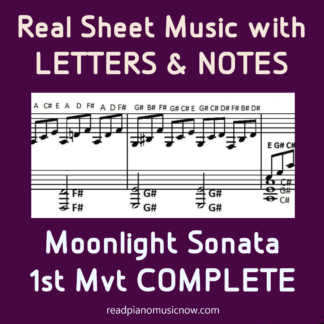
Moonlight Sonata with Letters | COMPLETE 1st Mvt | Sheet Music with Letters and Notes Together| PDF
Read more -
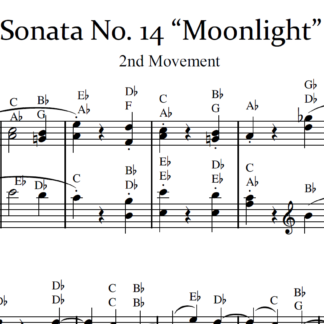
Moonlight Sonata Sheet | 2nd Mvt | Letter-Names and Notes Together | PDF
Read more -
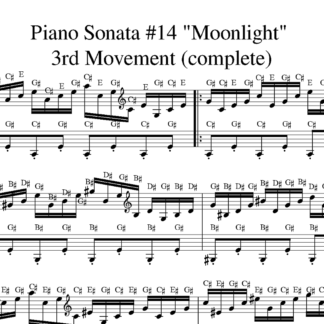
“Moonlight” Sonata | COMPLETE 3rd Mvt. | Sheet Music with Letters & Notes Together | Immediate PDF Download
Read more -
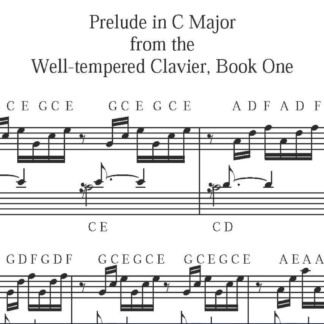
Bach ~ Prelude in C with Letters | Standard Sheet Music PLUS Added Letter-Note Names | Well-Tempered Clavier Bk. 1 | PDF
Read more -
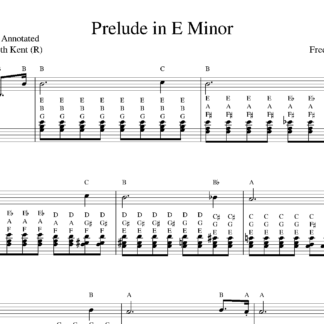
Chopin’s Prelude in E-Minor | Sheet Music with Letters & Notes Together
Read more -

Canon in D | Piano Sheet Music w Letters and Notes Together
Read more -

Swan Lake Theme | Piano Sheet Music with Letters and Notes Together
Read more -
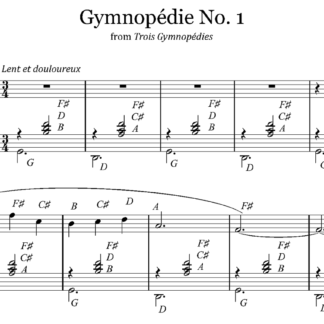
Gymnopédie No. 1 | Sheet Music with Letters and Notes Together
Read more -

Nocturne in E♭ Major | Chopin Sheet Music with Letters & Notes Together | Instant PDF download
Read more -

Carol of the Bells | Piano Sheet Music with Letters, Notes and Guitar Chords | PDF
Read more -
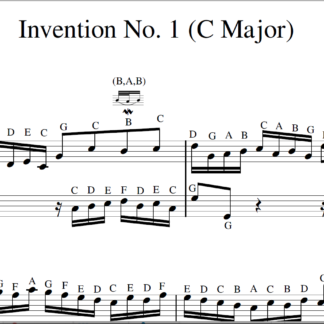
Bach’s Invention No. 1 | Sheet Music with Letters and Notes Together
$3.95 Add to cart -
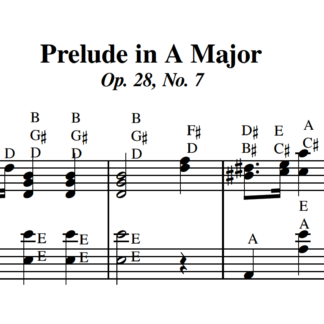
Chopin Prelude in A-Major | Sheet Music with Letters & Notes Together
$6.95 Add to cart -

Deck The Halls – Easy Piano | Letters & Notes Together | PDF Sheet Music w Lyrics
$3.99 Add to cart -
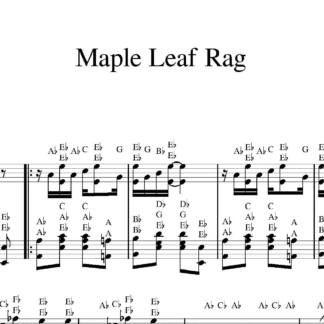
Maple Leaf Rag | Sheet Music with Letters and Notes Together
$5.95 Add to cart